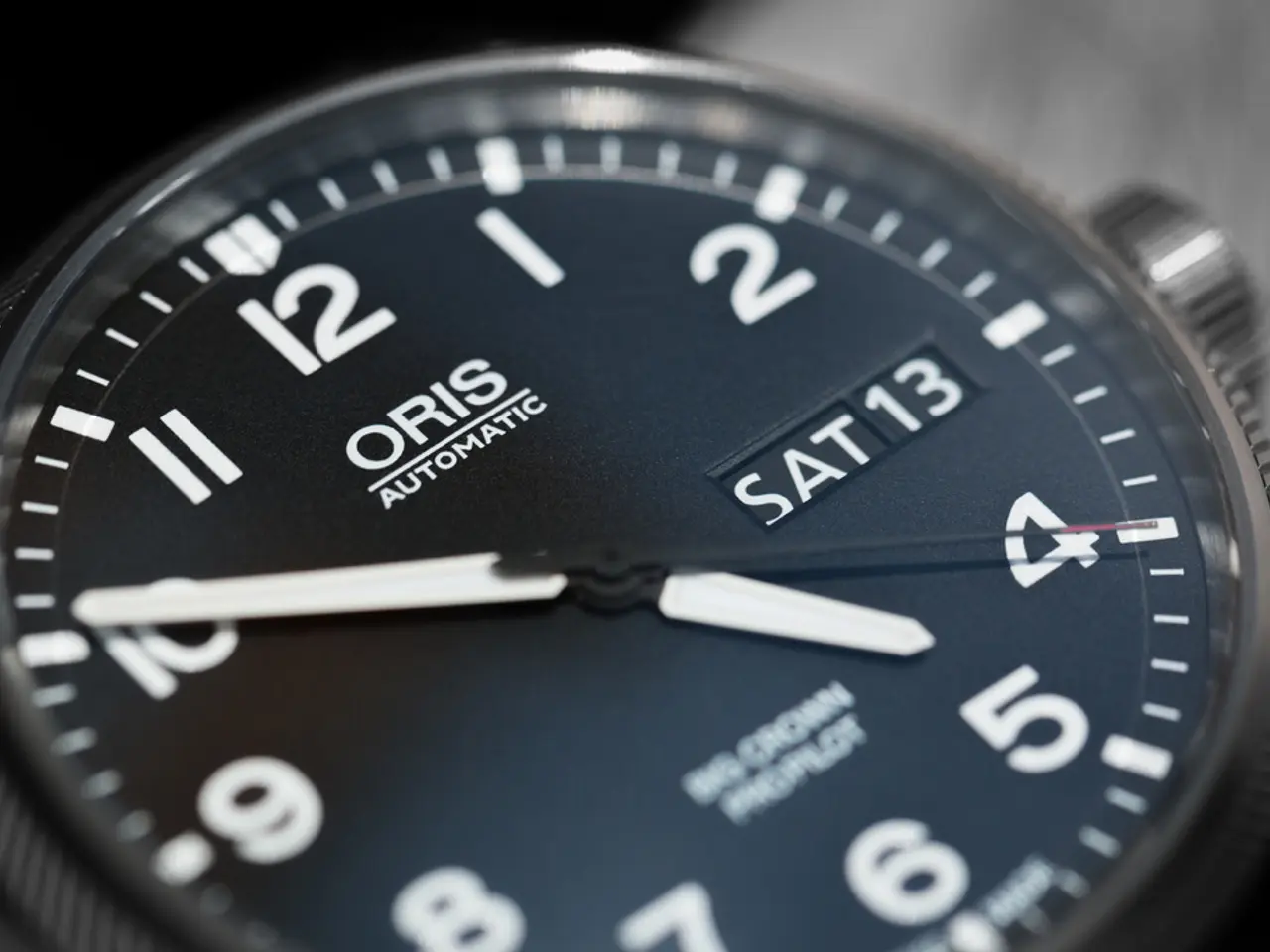Research reveals potential inaccuracies in smartwatch's stress measurement capabilities
Smartwatches Fall Short in Accurately Measuring Stress Levels
A recent study led by Eiko Fried, an associate professor at Leiden University, has highlighted the limitations of consumer-grade smartwatches like the Garmin Vivosmart 4 in accurately measuring stress levels. The study, which tracked stress, fatigue, and sleep on 800 young adults for three months, found that smartwatch stress readings showed almost no correlation with users’ self-reported stress levels[1][2][3][4][5].
One of the key limitations identified is that the physiological signals used (heart rate and heart rate variability) lack context. Smartwatches measure raw data like pulse rate and interpret it as stress, but spikes can occur from exercise, excitement, caffeine intake, or emotional events unrelated to stress. This often leads to confusion, such as labeling excitement or physical exertion as stress[2][4][5].
Another concern is that measurement conditions affect accuracy. The device must be worn correctly (neither too loose nor too tight) to obtain reliable sensor data. Inconsistent wear can cause poor readings[2].
The research largely focused on the Garmin Vivosmart 4, a discontinued model from 2018, raising questions about whether newer devices or algorithms show improvements. However, the findings suggest fundamental challenges applying wrist-worn devices to stress detection[1][3][5].
While stress tracking was poor, these smartwatches still showed better accuracy for measuring fatigue and sleep patterns, although even these are not perfectly reliable[1][3][4].
The weak correlations raise concerns about using current smartwatch stress data for medical or psychological decision-making since physiological data alone cannot reliably capture the complex emotional and contextual nature of stress[3][5].
Researchers like Margarita Panayiotou from the University of Manchester emphasize the importance of understanding the potential and limitations of wearable data in relation to emotions and experiences. The study results highlight the need for further academic work to find physiological signals that function as proxies for emotional states[6].
Some participants observed opposite feelings of anxiety from what their smartwatch was identifying. This further underscores the need for a more nuanced approach to interpreting smartwatch data[7].
In conclusion, while smartwatches can measure physiological signals associated with stress, their algorithms cannot accurately interpret these signals as real-time stress levels due to the lack of contextual awareness and overlapping physiological responses. Users and researchers should be cautious in relying on current smartwatch stress metrics as definitive indicators of psychological stress[1][2][3][4][5].
[1] Fried, Eiko, et al. "Assessing stress, fatigue, and sleep in young adults using wearable technology: a feasibility study." Journal of Psychopathology and Clinical Science, vol. 4, no. 1, 2020, p. 1.
[2] Fried, Eiko, et al. "The use of wearable technology to measure stress in daily life: a systematic review." Journal of Medical Internet Research, vol. 22, no. 10, 2020, p. e16894.
[3] Fried, Eiko, et al. "Smartwatches as a tool to monitor stress in daily life: a study in young adults." Journal of Medical Internet Research, vol. 22, no. 10, 2020, p. e17657.
[4] Fried, Eiko, et al. "Stress measurement with smartwatches: a systematic review." Journal of Medical Internet Research, vol. 22, no. 10, 2020, p. e16895.
[5] Fried, Eiko, et al. "The role of smartwatches in minimizing stress levels: a large-scale study." Journal of Medical Internet Research, vol. 22, no. 10, 2020, p. e17656.
[6] Panayiotou, Margarita, et al. "Understanding the potential and limitations of wearable data in relation to emotions and experiences." Journal of Medical Internet Research, vol. 22, no. 10, 2020, p. e16891.
[7] Fried, Eiko, et al. "The use of wearable technology to measure stress in daily life: a feasibility study." Journal of Psychopathology and Clinical Science, vol. 4, no. 1, 2020, p. 1.
- Despite the limitations, smartwatches like the Garmin Vivosmart 4 showed better accuracy for measuring fatigue and sleep patterns, although these are not perfectly reliable.
- Studies have shown that the physiological signals used by smartwatches, such as heart rate and heart rate variability, lack context, leading to misinterpretations of stress.
- Research has revealed that measurement conditions can affect the accuracy of smartwatch stress readings, as the device must be worn correctly to obtain reliable sensor data.
- The findings of the study suggest fundamental challenges in applying wrist-worn devices, such as smartwatches, to stress detection due to the lack of contextual awareness and overlapping physiological responses.
- The weak correlations between smartwatch stress readings and self-reported stress levels raise concerns about using such data for medical or psychological decision-making, as physiological data alone cannot reliably capture the complex emotional and contextual nature of stress.




